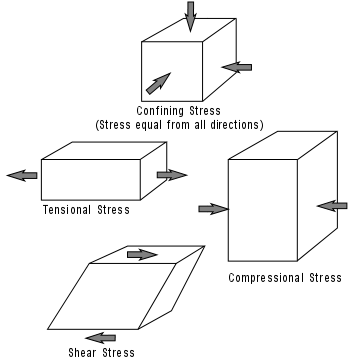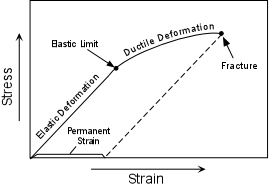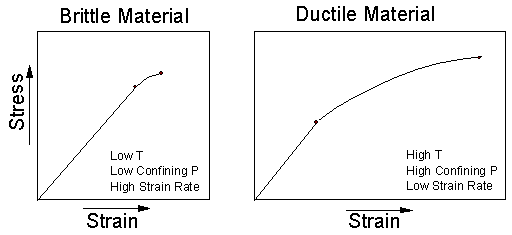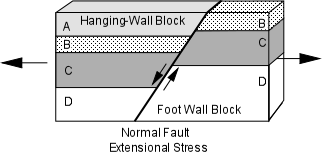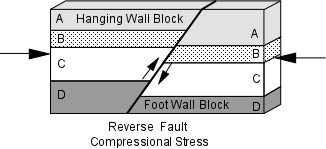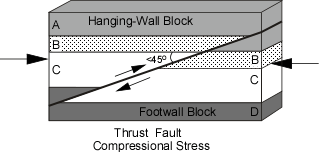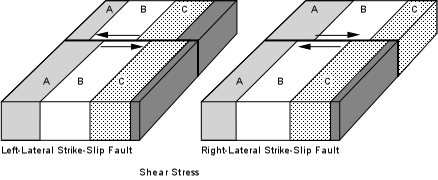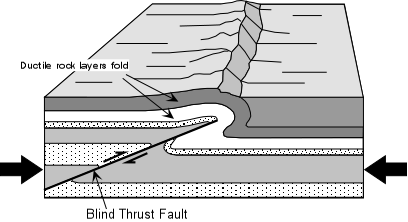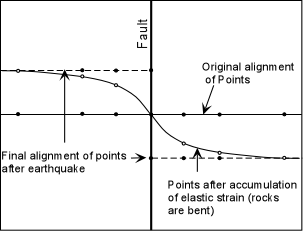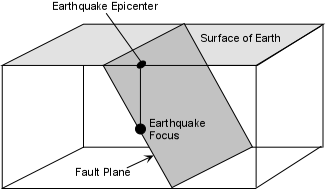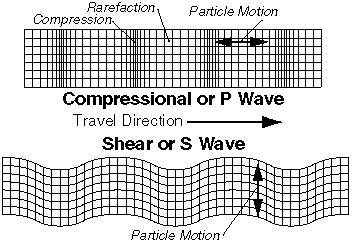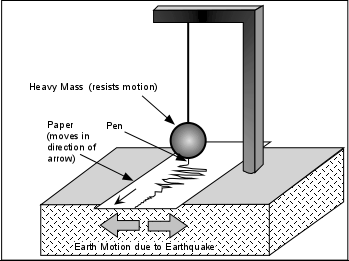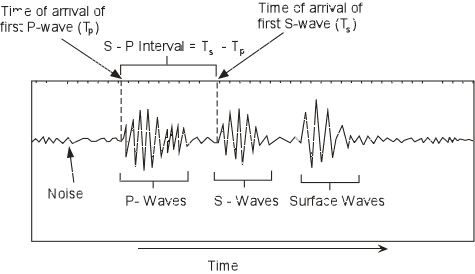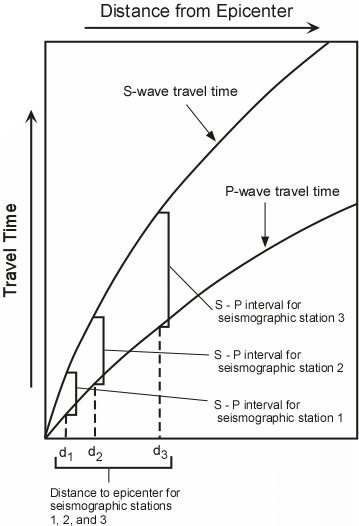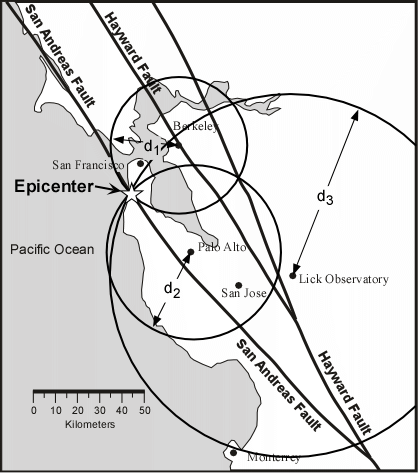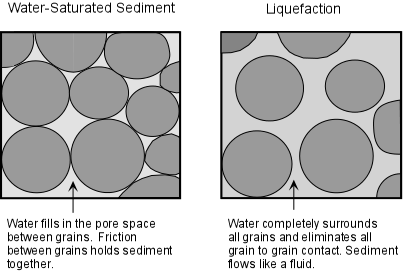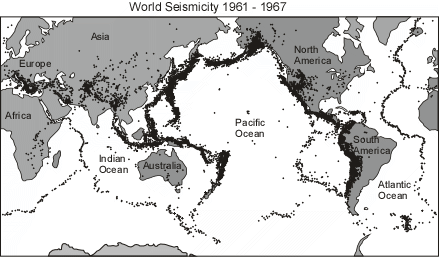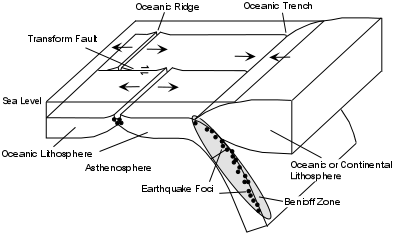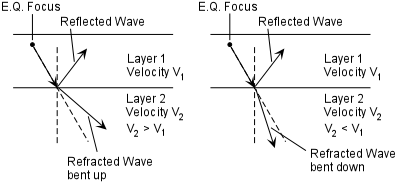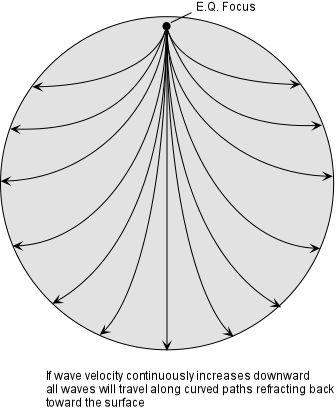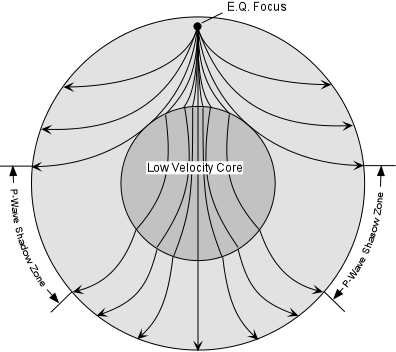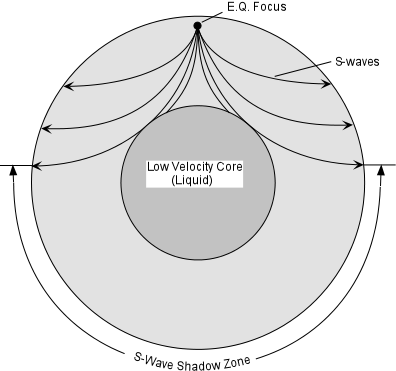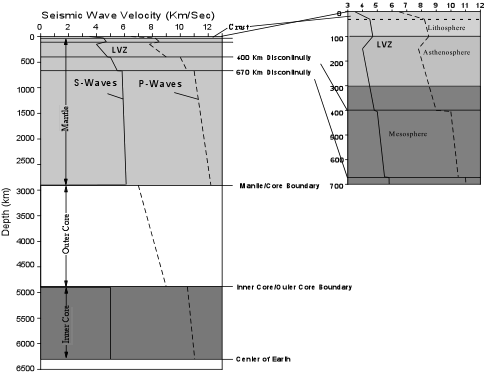You can demonstrate this process to yourself next time your go the beach. Stand on the
sand just after an incoming wave has passed. The sand will easily support your weight and
you will not sink very deeply into the sand if you stand still. But, if you start to shake
your body while standing on this wet sand, you will notice that the sand begins to flow as
a result of liquefaction, and your feet will sink deeper into the sand.
Aftershocks - Earthquakes can change the stress state in rocks near the hypocenter and this may induce numerous earthquakes that occur after the main earthquake. These are almost always smaller earthquakes, but they can be numerous and last for many months after the main earthquake. Aftershocks are particularly dangerous because that can cause further damage to already damaged structures and make it unsafe for rescue efforts to be pursued.
Tsunami - Tsunami are giant ocean waves that can rapidly travel across oceans. Earthquakes that occur along coastal areas can
generate tsunami, which can cause damage thousands of kilometers away on the other side
of the ocean.
Tsunami can be generated by anything that disturbs a body of water. This includes earthquakes that cause vertical offset of the sea floor, volcanic eruptions into a body of water, landslides into a body of water, underwater explosions, and meteorite impacts.
In general, the larger the earthquake, eruption, landslide, explosion or meteorite, the more likely it will be able to travel across an ocean. Smaller events may, however cause a tsunami that affect areas in the vicinity of the triggering event.
Tsunami waves have wavelengths and velocities much higher that wind driven ocean waves. Velocities are on the order of several hundred km/hr, similar to a jet airplane. They usually are more than one wave, that hit the coastline tens of minutes to hours apart. Although wave heights are barely perceptible in the open ocean, the waves become amplified as the approach the shore and may build to several tens of meters. Thus, when the come ashore, the can flood areas far away from the coast. Often the trough of a tsunami wave arrives before the crest, This produces a phenomenon called drawdown where the ocean recedes from the normal shoreline by as much as a kilometer.
Tsunami warning systems have been developed for the Pacific Ocean basin and, recently, the Indian Ocean where a tsunami killed over 250,000 people in 2004. But, such warning systems depend on the ability to detect and forecast a tsunami after an earthquake occurs and may take several hours to come up with an accurate forecast of wave heights and travel time.
Knowing something about these aspects of tsunami could save your life. It suggests that
- If you are near the beach and feel an earthquake immediately get to higher ground. Tsunami warnings require time and if you are near enough to the earthquake that generates a tsunami that you feel the earthquake, there may not be enough time for a warning to be sounded, nor will there be enough time to get out of the way once you see the wave approaching.
- If you are near the beach and see the ocean recede far offshore, immediately get to higher ground, as the receding ocean indicates that the trough of a tsunami wave has arrived and will be followed by the crest.
- If you survive the first wave of a tsunami, don't go back to the coast assuming the event is over. Several waves are possible and any of them could be the largest of the waves. Wait for authorities to issue an "all clear signal".
- Don't even consider "surfing the tsunami wave" or riding it out. The waves are so powerful and last such a long time, that you would have little chance of surviving.
|
